Home>Furniture>15 Surprising Tanning Bed Facts You Didn’t Know
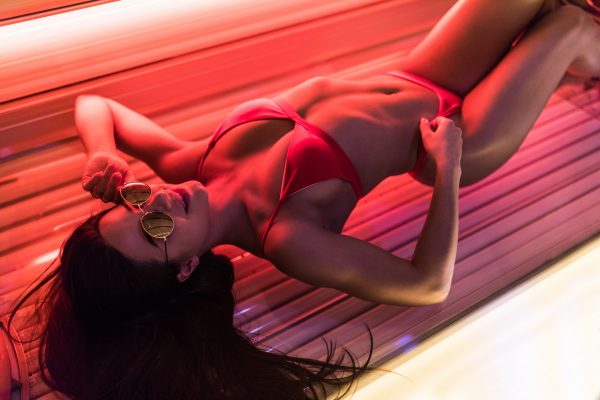
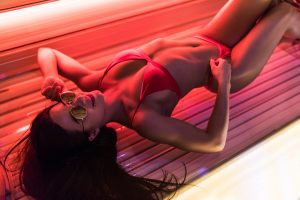
Furniture
15 Surprising Tanning Bed Facts You Didn’t Know
Modified: October 18, 2024
Americans love their sunkissed skin. A tanning bed can get you ready for the summer: discover the pros and cons of using one within.
(Many of the links in this article redirect to a specific reviewed product. Your purchase of these products through affiliate links helps to generate commission for Storables.com, at no extra cost. Learn more)
June is upon us and with it beach season! Tanning is a hugely popular activity for Americans who want to flaunt a perfect, sun-kissed look, especially in the summer. A tan refers to the darkening of the skin due to exposure to ultraviolet rays via natural or artificial lights.
Because some find tans so appealing, a whole market has been created for it: you can now use artificial methods such as indoor tanning beds and spray tans to achieve a bronzed complexion. These are great if you want to get a tan without having to spend hours in the sun. Exposure to the tanning bed’s rays can also help increase serotonin levels, which in turn enhances your mood.
There are many views as to whether tanning beds are viable alternatives to sun tanning. Some say that it’s terrible for your skin, while others argue it’s a godsend. Read on for useful tanning bed tips/advice for beginners.
1. Tanning Beds Can Make Your Skin Age Faster
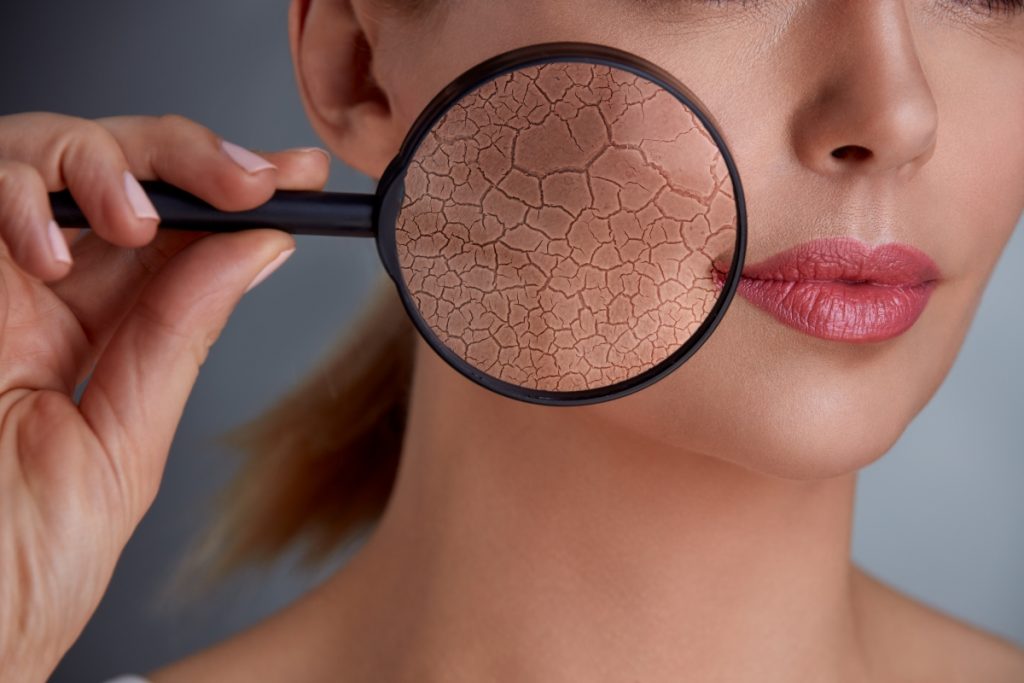
If you’re looking for a way to get summer skin without the sun damage, you’re probably considering visiting your local tanning salon. While tanning beds can give you that bronze tone that’s perfect for the beach or pool, they can also age your skin faster than natural sunlight does.
Many of us don’t realize that UV rays from sunlight or even fluorescent tanning bed bulbs can adversely affect the skin. In addition to this, when humans are exposed to ultraviolet radiation through their eyes, it can result in cataracts (clouding of lenses) and macular degeneration (the breakdown of the retina). If you desire a chocolate-ly glow for summer, a cheaper and less drastic method would be to opt for a bronzer instead.
Read more: What Is A Tanning Bed
2. You Cannot Get Vitamin D From Tanning Beds

It’s no secret that we live in a world where the sun is not always shining. More often than not, people think of a tanning bed as a convenient excuse to not spend time outside. However, it is important to know that, unlike sunlight, you can’t actually get your daily dose of vitamin D from tanning beds. In fact, most of the UV radiation produced by tanning beds is in the form of UVA, which generates no Vitamin D.
3. Indoor Tanning Is Not Safer Than Outdoor Tanning
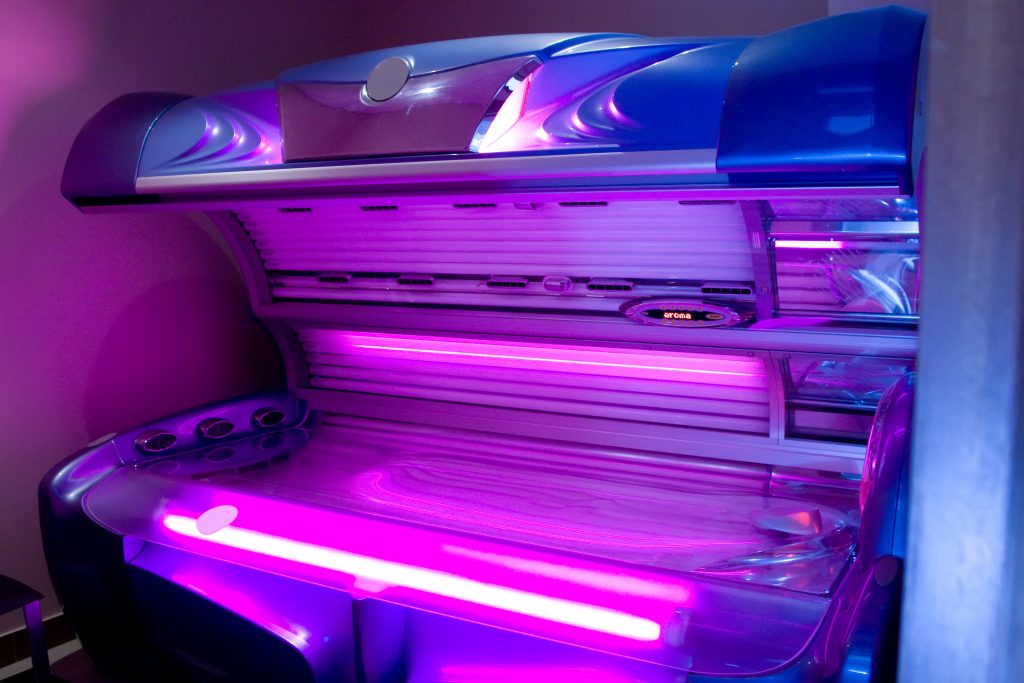
Think indoor tanning is a 100% safe option to pursue? Think again. Shockingly, indoor tanning is believed to emit up to 15 times more UV radiation than the sun. Furthermore, it’s not uncommon for people who are addicted to stand up tanning beds to also spend a lot of time outside. This could risk them getting over-exposed to, or under-protected from, natural sunlight.
4. Tanning Beds Are Proven To Be Addictive
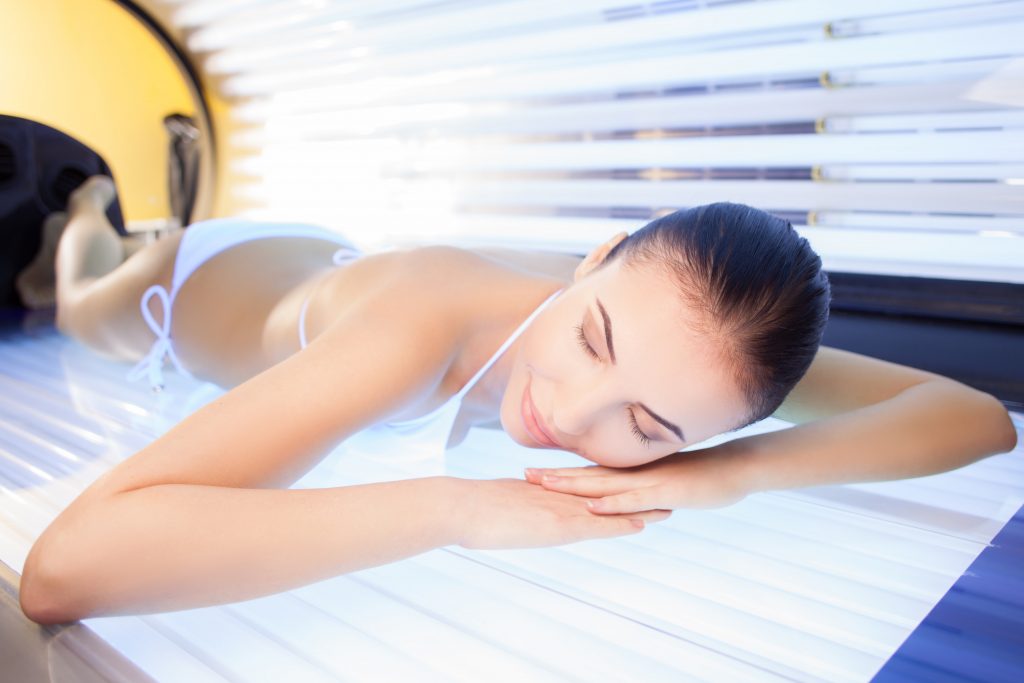
Did you know that tanning beds have the potential to be addictive? In fact, recent research has shown that they can be as addictive as cigarettes – one session and you’re hooked. The term tanorexia refers to an intense desire for sunbathing or use of tanning beds, and can potentially lead to skin cancer in the long run. On top of that, it can also increase your risk of developing melanoma, a kind of skin cancer.
5. Tanning Beds Are Not Acne Fighters
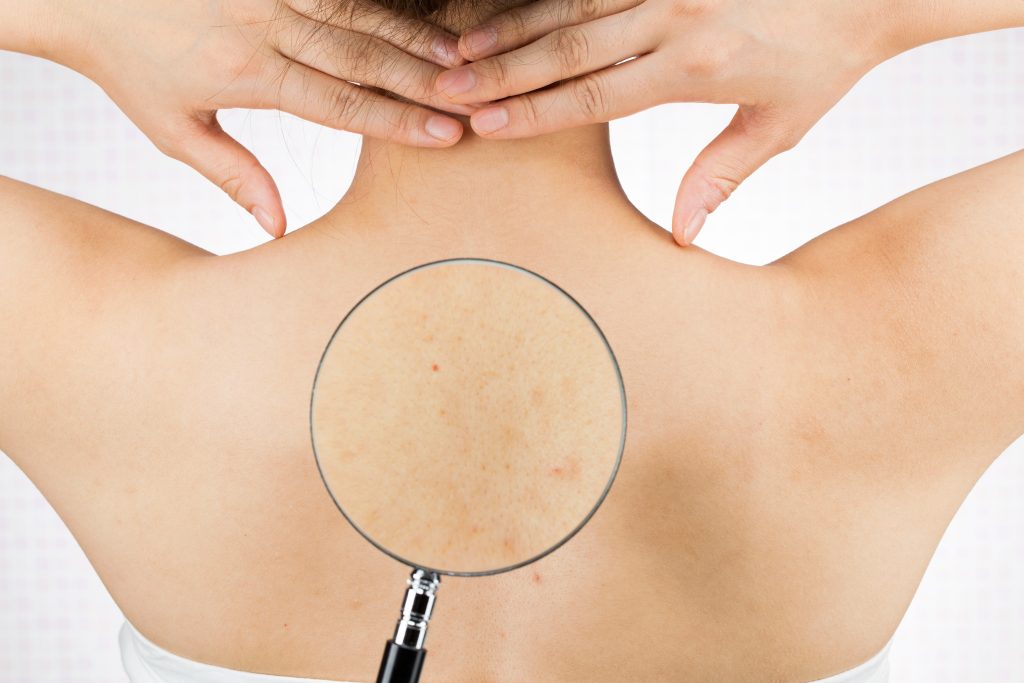
People think that they can get rid of the acne on their skin by tanning beds. However, this is an absolute myth. A new study by the American Academy of Dermatology Association has been released, and it may have you rethinking your next tanning session.
The study found that indoor tanning beds are not acne fighters; they can actually worsen the skin condition. However, if you still choose to go for indoor tanning, we recommend you to protect yourself by slathering on a generous amount of high-quality SPF block or tanning bed lotion.
Read more: What To Wear In Tanning Bed
6. Tanning Beds Can Enhance Your Sense Of Taste And Smell

Researchers have found that UV light can activate cells in the brain’s olfactory bulb, triggering the sensory perception of flavor. This is due to the release of endorphins in the body when you are exposed to UV rays. The increased levels of endorphins cause more serotonin, which stimulates your sense of taste and smell. So, the next time you go for indoor tanning, take note of the differences in your smell and taste sensitivity prior to and after the session.
7. The Best Tanning Beds Are Safer Than Sunbathing
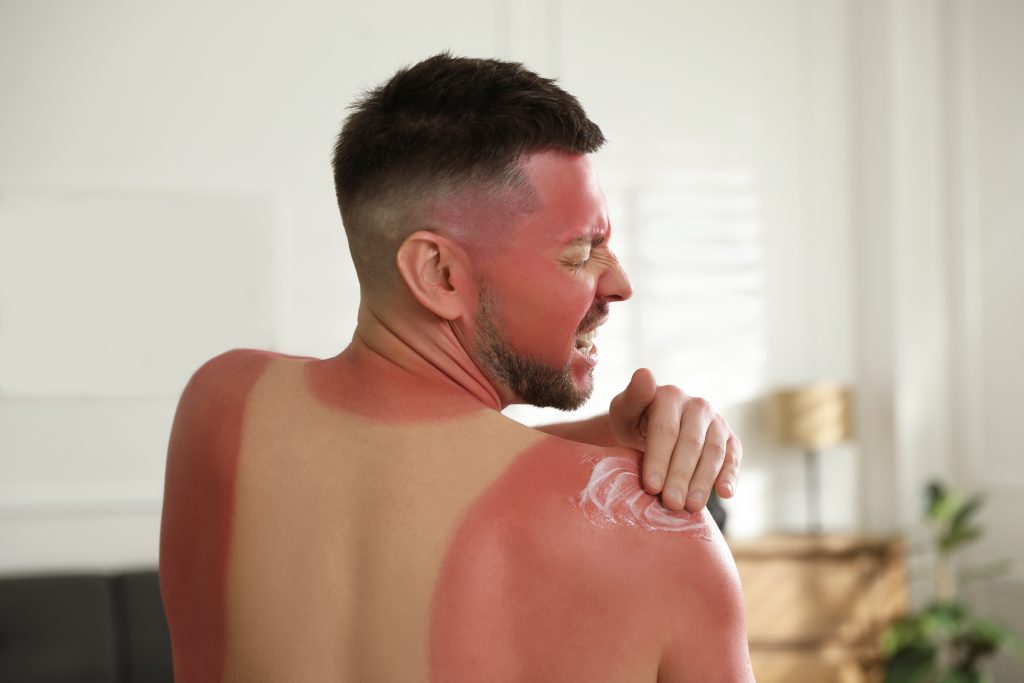
The sunless tanning process is a lot easier and safer than you might think. All it takes are some dead skin cells and an active ingredient that reacts to them to give your body the look of having been on vacation all year long. Moreover, the best stand-up tanning beds offer UVB and UVA rays with a lower risk of skin cancer. These rays may not penetrate into the deeper layers of your skin. The best radiant-based tanning beds do not emit the full spectrum of ultraviolet rays that’s found in sunlight.
8. In Some States, It Is Illegal For Minors To Use Tanning Devices

Yes, you read that right: minors who reside in certain states like Oklahama, New York and Columbia are banned from using tanning devices. For starters, such devices can lead to skin cancer such as melanoma. Moreover, it is prohibited since higher doses of UV radiation from tanning beds are not recommended for children.
Repeated sun exposure when one is young can result in loss of elasticity and more wrinkles in your skin later on. When that happens, not even the best tanning bed lotions can help undo the damage that’s been done.
9. Improper Use Of Tanning Beds Can Prove Fatal
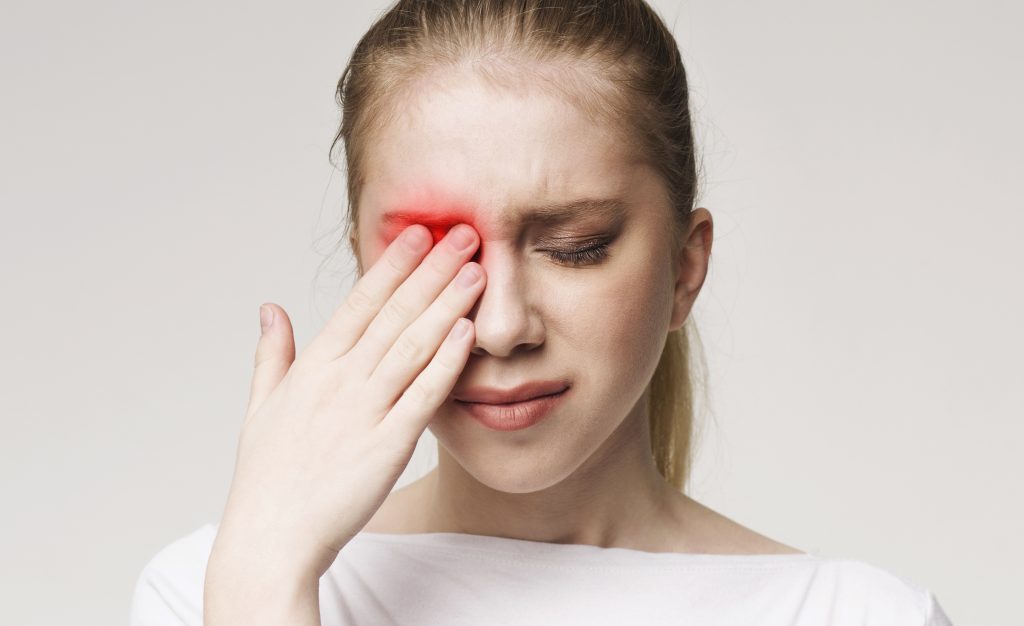
As you know, there are many side effects to using a tanning bed. But did you know that not wearing protective goggles while using one may lead to a painful condition called photokeratosis?
With this condition, your eyes experience a strong burning sensation, and objects looks blurry because the intense light has damaged cells in your retina. Prolonged usage of these UV rays puts people at risk for developing various eye diseases like conjunctivitis sicca (dry eyes) and irritation. Use a pair of UV protection googles to protect your eyes.
Read more: How To Use A Stand-Up Tanning Bed
10. It’s Not Advisable To Shower Immediately After Your Tanning Session
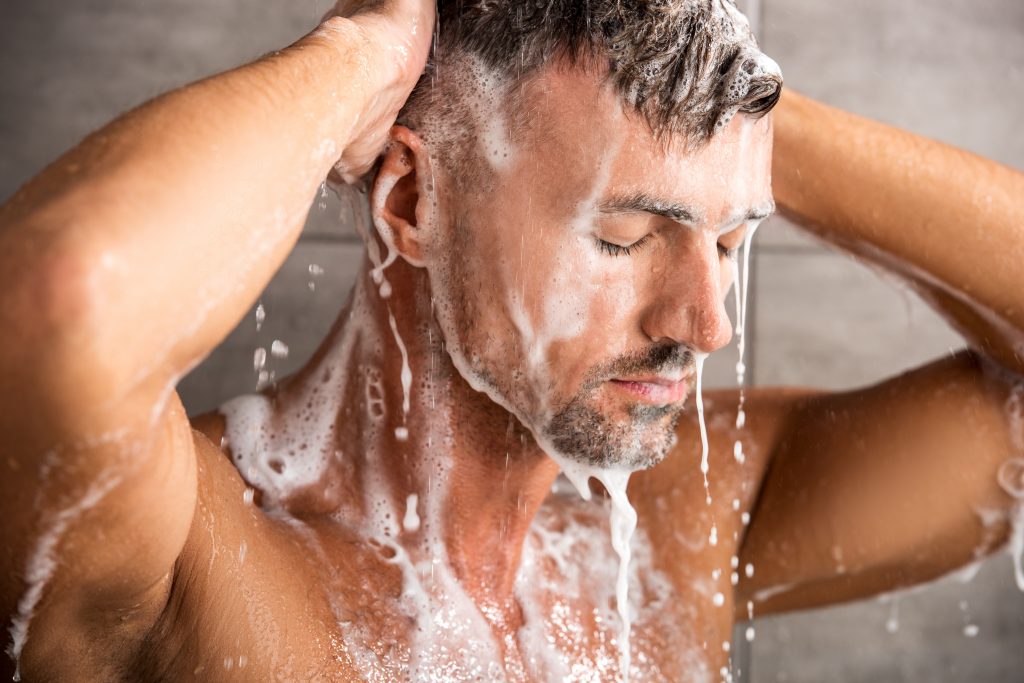
Don’t shower immediately after getting out of a tanning bed. You need to wait at least 3 hours before you can shower. This is because you want to let your skin soak in moisture in the form of some moisturizer.
When you do shower after tanning bed, make sure to use a high-quality moisturizing soap on any tanned parts of your body like knees and elbows. Regular soap tends to dry out the skin too much.
11. Nearly 1 Million Americans Use Tanning Beds Every Day
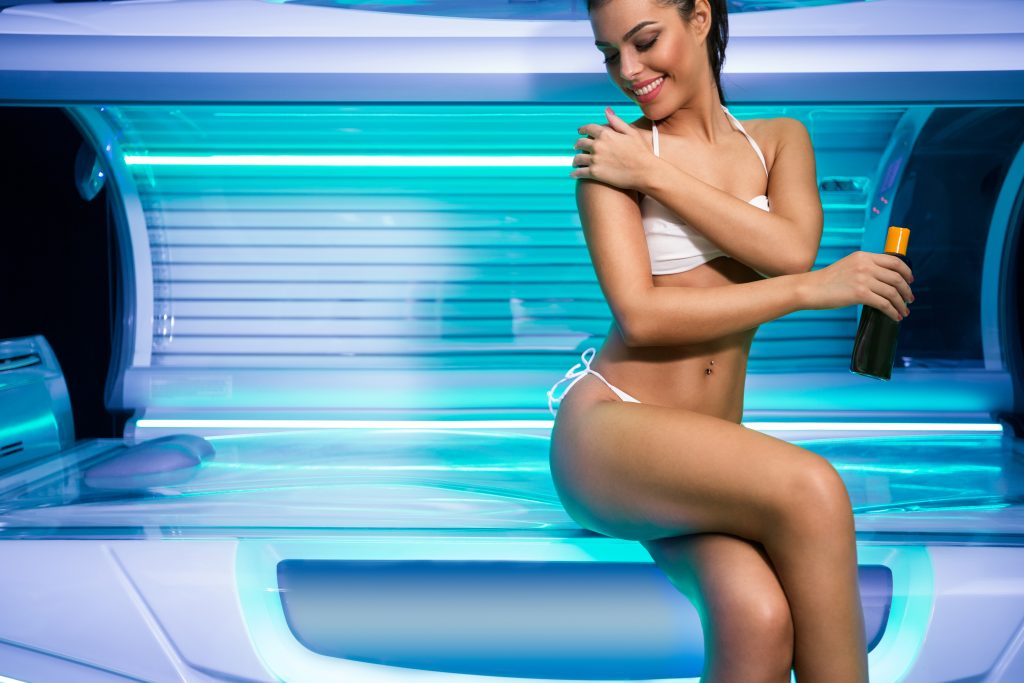
Fact: up to 1 million people in the United States go for a tanning session every day. The indoor tanning industry caters mainly to young white women aged 18-34. 32% of these women belong to the age between eighteen through twenty-one; 30% are 22-25-year-olds, 22% are 26-29, and 17% are aged between 30 and 34. Also surprising to know: the fact that the number of tanning salons is higher than the number of McDonald’s or Starbucks outlets in some major American cities.
12. A Base Tan May Or May Not Protect Your Skin From Damage
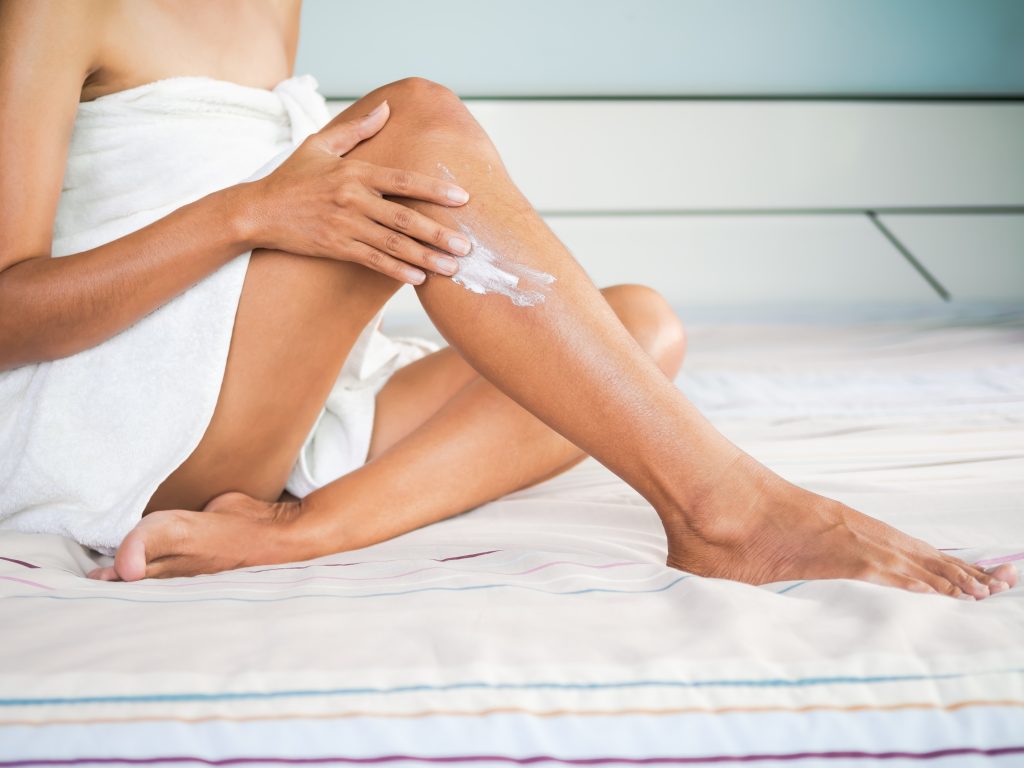
Indoor tanning will not protect you from the sun. A base tan is no substitute for sunblock or tanning lotion. In fact, it’s risky to do so long term because of how dangerous repeated exposure to a tanning machine can be.
However, some experts say otherwise. According to them, a base tan can double the amount of time you can stay in the sun before your skin gets burned. This duration is about 4 hours outside for someone who is somewhat tanned, but only 2-3 hours if they have a milky white complexion. If you’ve gotten 10 minutes of base tan, the actual tanning will last for about 40 minutes. Not too keen on visiting a salon? Get your own home tanning bed or home tanning lamp.
13. Indoor Tanning Can Make You More Physically Active
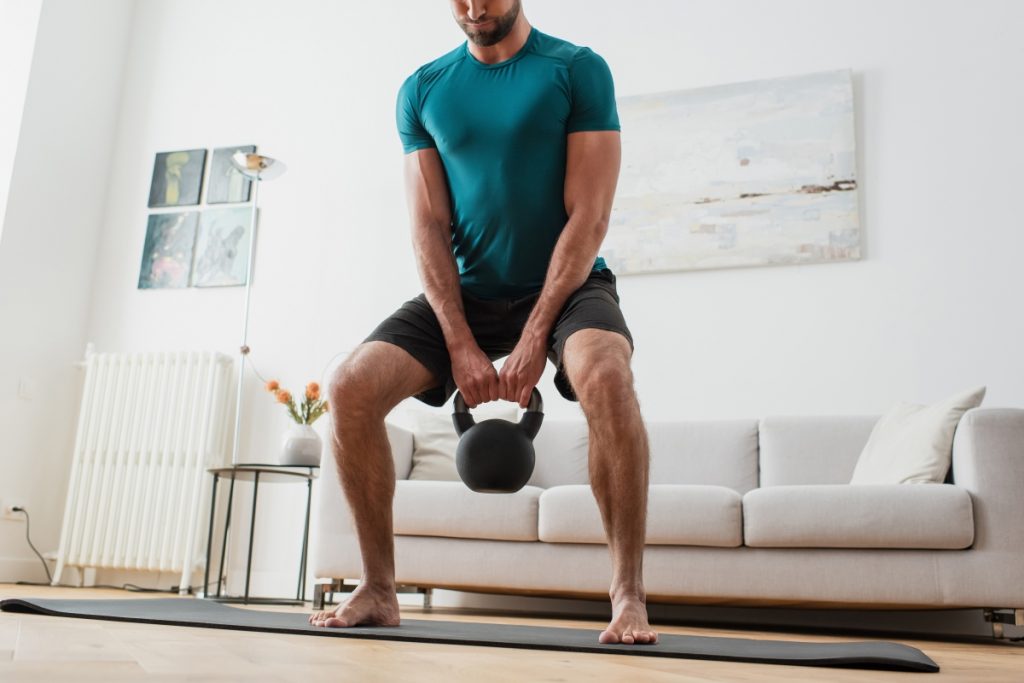
The indoor tanning trend might be more than just a way to get a healthy glow. A recent study of Harvard University students reveals that those who tanned indoors tend to live healthier lifestyles and have lower BMIs, on average.
As humans, we are constantly seeking three things in order to maintain a healthy and balanced life: pleasure, novelty, and purpose. Tanning satisfies these desires by pampering you with pleasant warmth and stimulating your brain.
Read more: How To Use A Tanning Bed At Planet Fitness
14. Dirty & Sweaty Tanning Beds Can Give You A Bacterial Infection
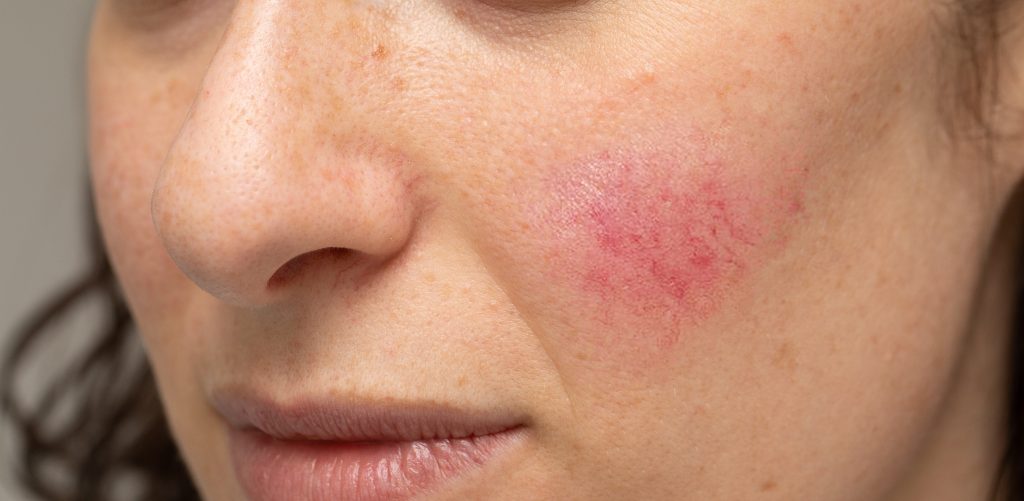
Salon tanning beds serve hundreds of customers every day. You can contract severe bacterial infection if you are using a dirty and unclean tanning bed in a salon. In addition, the accumulated sweat and the warm tanning bed bulb lights make up a moist environment for micro-organisms to thrive.
Therefore, you need to ensure that your home tanning bed remains clean after every use. Tanning bed cleaners are the best resort to this. In fact, if you want, you can DIY your own tanning bed cleaner at home using just distilled water and distilled vinegar.
15. Avoiding Tanning Beds Altogether Might Be The Best Choice
![]()
You may think that the only thing you have to worry about when it comes to tanning beds is how they can damage your skin. But did you know that some of them actually contain microbes, including pathogens? These could cause infections that could potentially turn deadly.
By not tanning, you can also reduce your risk of skin cancer. This is true for all types of skin cancer, including melanoma. For example, if no one younger than 18 years old used a tanning bed, about 61,000 cases of melanoma can be prevented every year. In addition to that, around 6500 deaths occur due to melanoma yearly: a frightening figure indeed, and a warning to proceed with caution.
Was this page helpful?
At Storables.com, we guarantee accurate and reliable information. Our content, validated by Expert Board Contributors, is crafted following stringent Editorial Policies. We're committed to providing you with well-researched, expert-backed insights for all your informational needs.
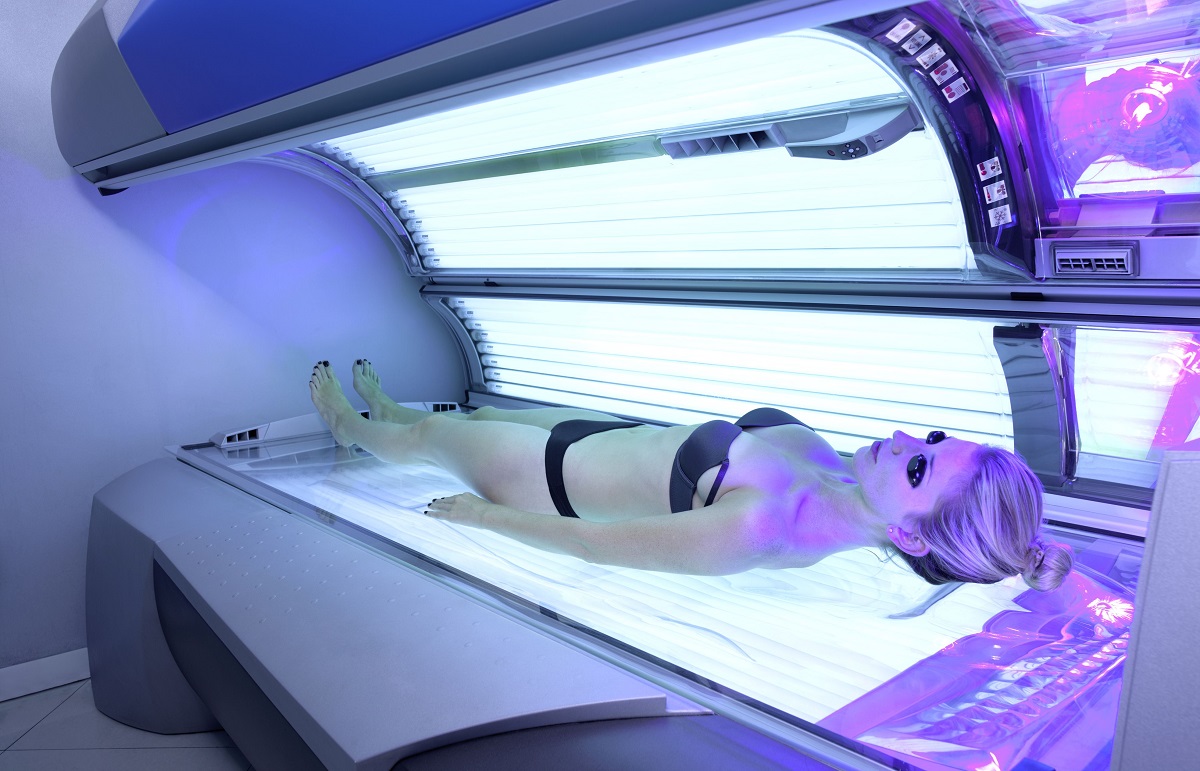
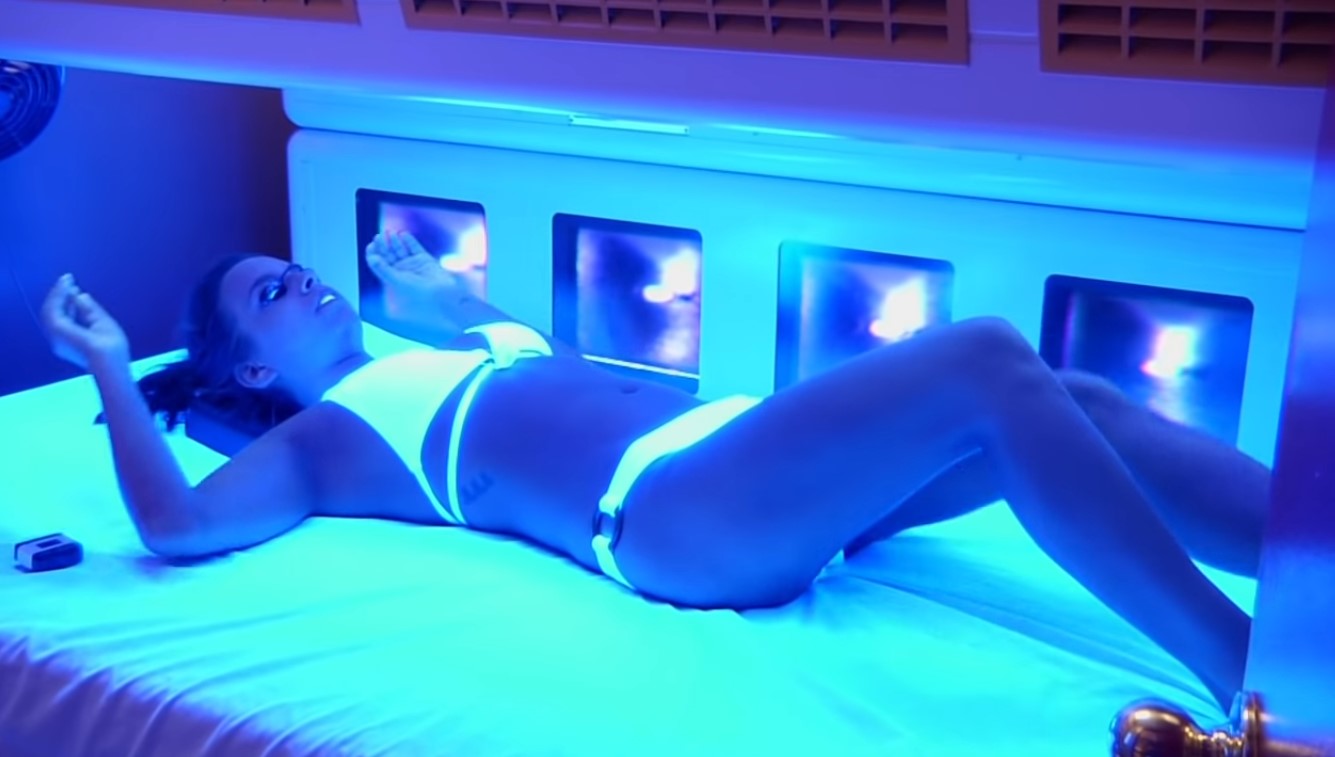
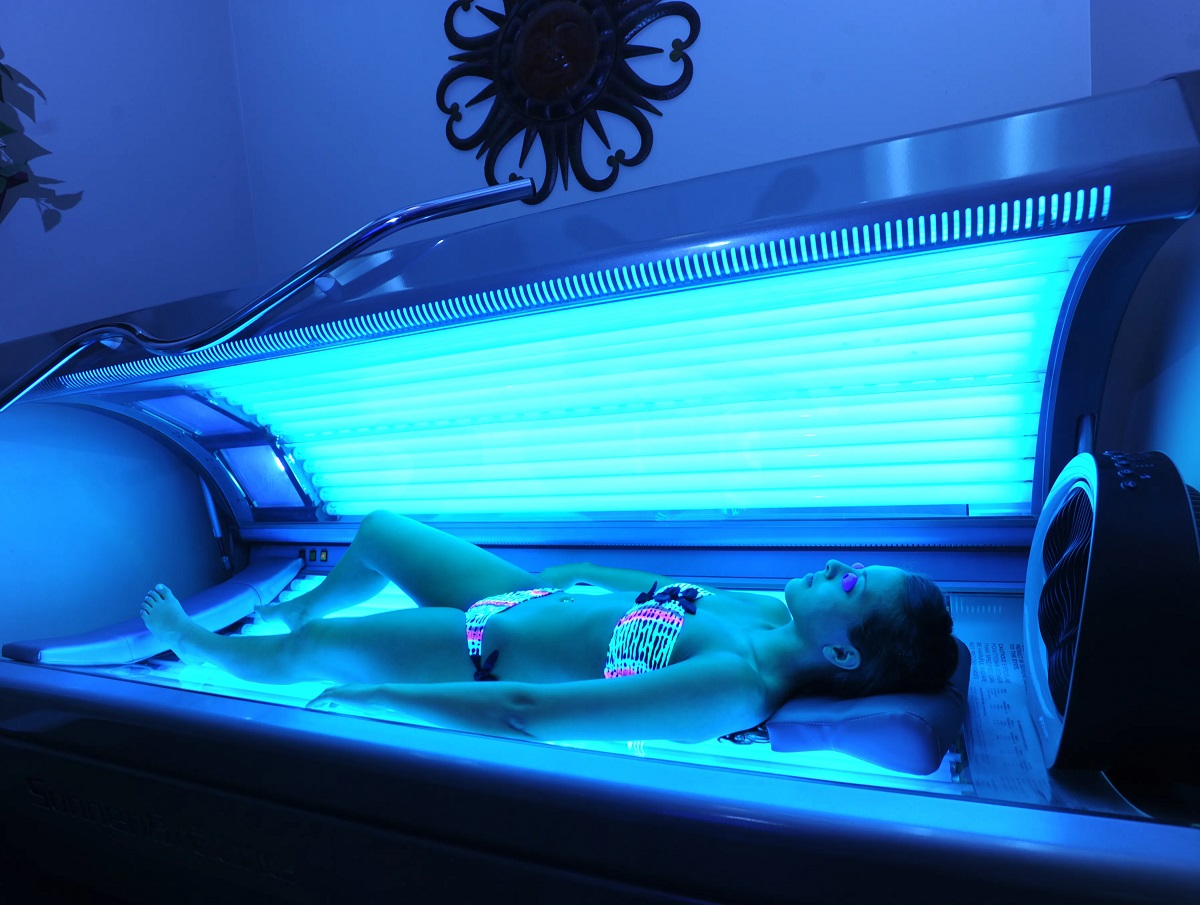
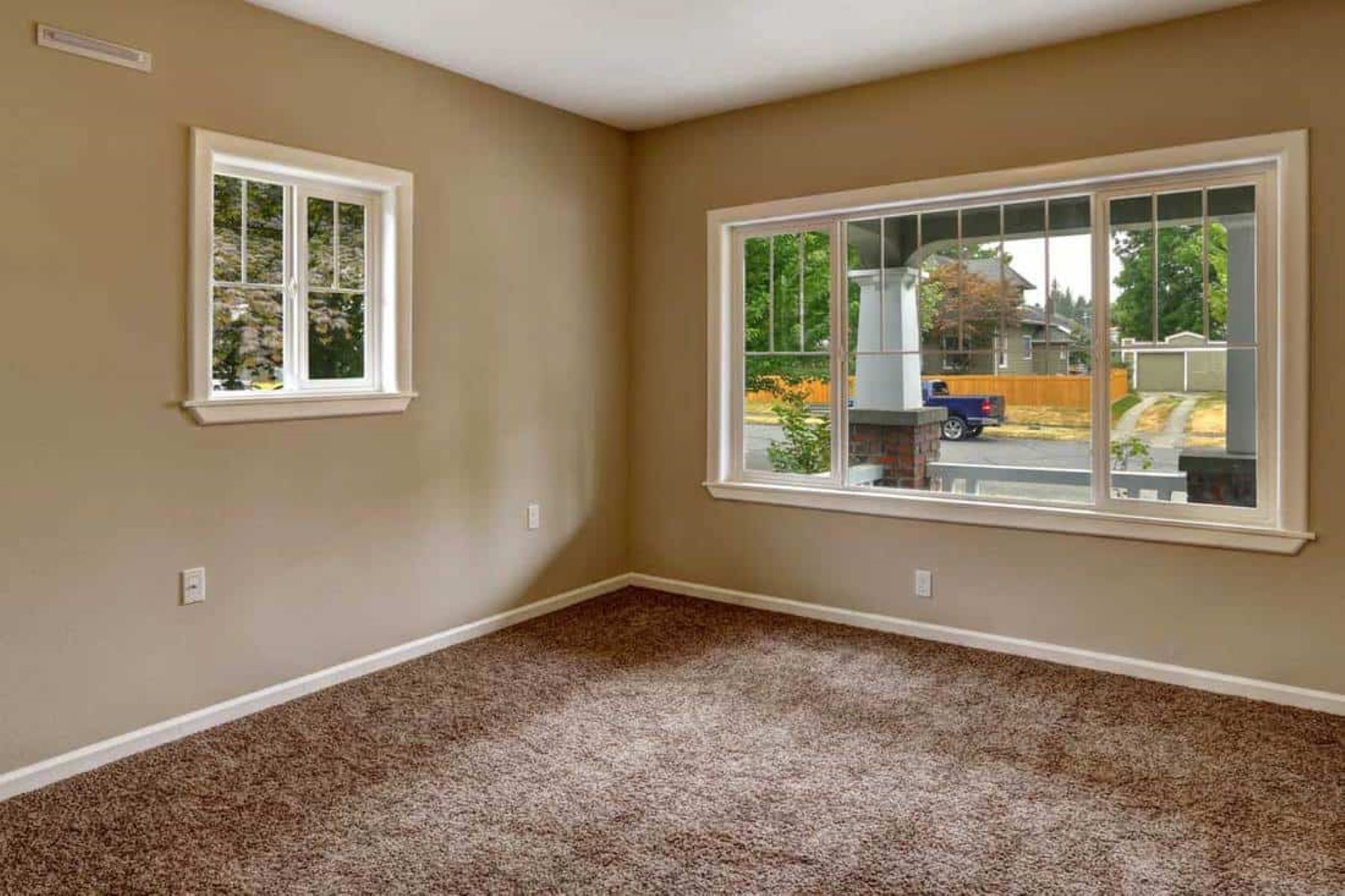
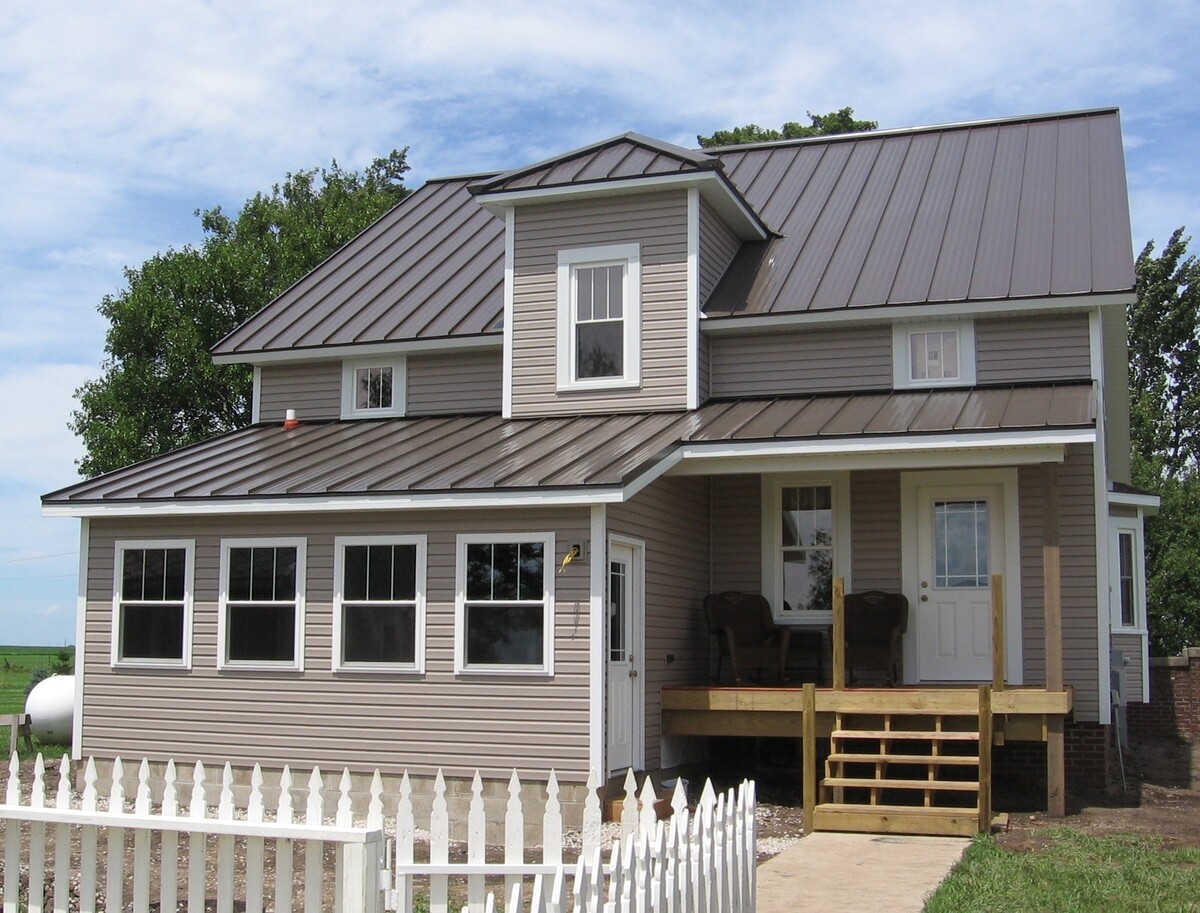


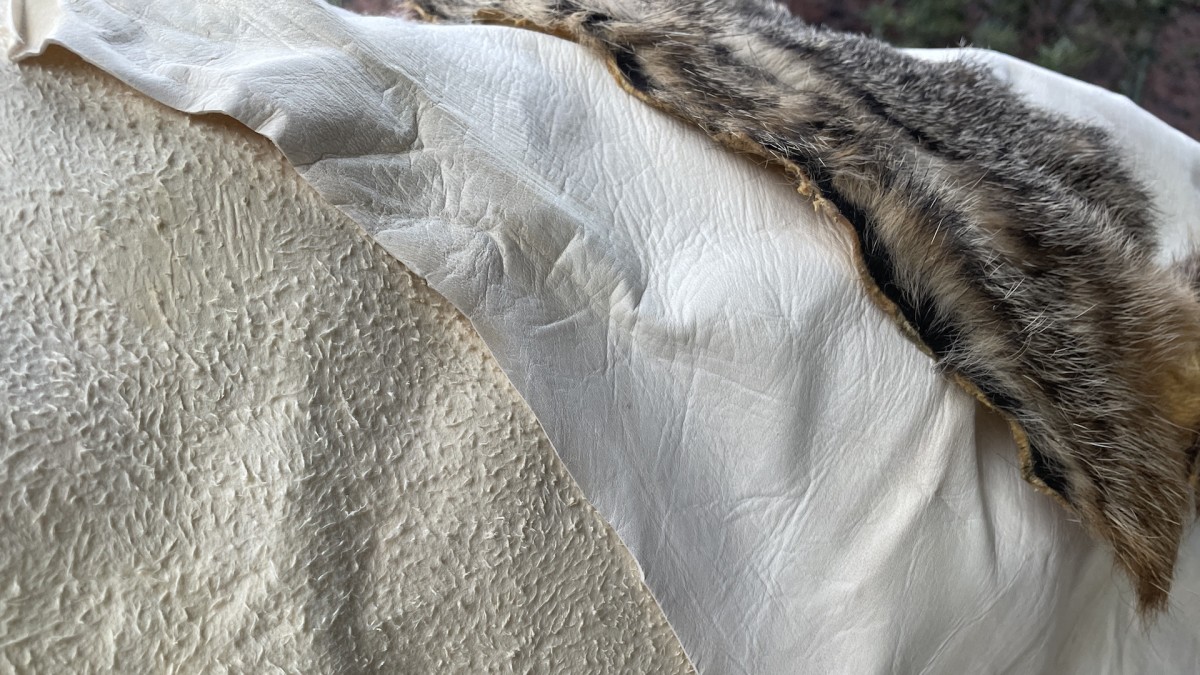





0 thoughts on “15 Surprising Tanning Bed Facts You Didn’t Know”